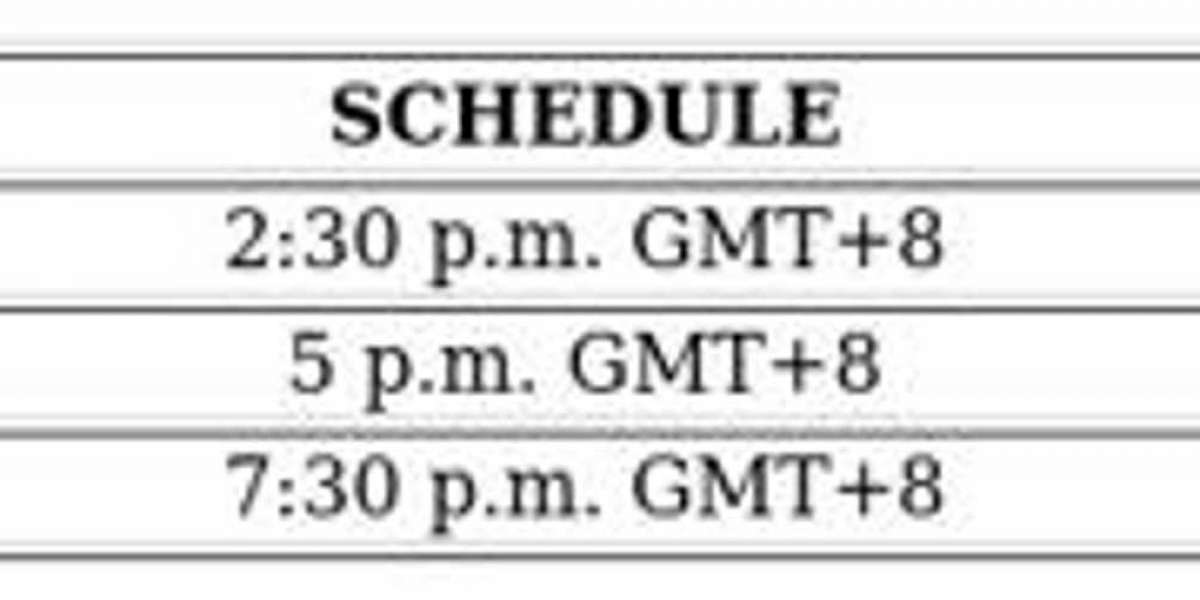Opioid withdrawal treatment focuses on managing the uncomfortable and sometimes severe symptoms that occur when someone dependent on opioids stops or reduces their use. While not typically life-threatening, the withdrawal process can be extremely unpleasant and can lead to relapse. Treatment strategies aim to ease these symptoms and support the individual's recovery.
Here's a breakdown of the content related to opioid withdrawal treatment:
Goals of Opioid Withdrawal Treatment:
- Alleviate Symptoms: Reduce the severity of physical and psychological withdrawal symptoms.
- Provide Support: Offer medical and psychological support to help individuals through the process.
- Prevent Complications: Manage potential complications like dehydration.
- Facilitate Long-Term Recovery: Connect individuals with ongoing treatment for opioid use disorder to prevent relapse.
Treatment Settings:
- Outpatient: Treatment occurs while the individual lives at home and attends regular appointments. This is suitable for those with milder withdrawal symptoms and strong social support.
- Inpatient/Residential: Treatment takes place in a hospital or specialized facility, providing 24/7 medical supervision. This is recommended for individuals with more severe withdrawal, co-occurring medical or psychiatric conditions, or a high risk of relapse.
- Medication-Assisted Treatment (MAT) Programs: These programs integrate medications with counseling and behavioral therapies and can be delivered in outpatient or inpatient settings.
Medication-Assisted Treatment (MAT):
MAT is a highly effective approach that uses FDA-approved medications to reduce withdrawal symptoms and cravings. Common medications include:
- Buprenorphine: A partial opioid agonist that reduces withdrawal symptoms and cravings without producing the same euphoric effects as full opioid agonists. It can be prescribed in office-based settings and is often combined with naloxone (an opioid antagonist) in formulations like Suboxone® or Zubsolv® to deter misuse. Buprenorphine can sometimes precipitate withdrawal if started too soon.
- Methadone: A long-acting full opioid agonist dispensed daily at certified clinics. It effectively manages withdrawal and cravings.
- Naltrexone: An opioid antagonist that blocks the effects of opioids. It is available in oral and long-acting injectable forms. Individuals must be completely opioid-free for a period before starting naltrexone to avoid precipitated withdrawal.
Symptomatic Medications:
These medications help manage specific withdrawal symptoms:
- Clonidine and Lofexidine: Alpha-2 adrenergic agonists that can help reduce symptoms like anxiety, sweating, muscle aches, runny nose, and cramping. Lofexidine is a non-opioid medication specifically approved for opioid withdrawal. Blood pressure monitoring is important with clonidine.
- Medications for Nausea and Vomiting: Ondansetron, prochlorperazine, or metoclopramide.
- Medications for Diarrhea: Loperamide.
- Medications for Insomnia: Trazodone, doxepin, or mirtazapine.
- Medications for Muscle Spasms: Baclofen.
- Pain Relievers: Acetaminophen or nonsteroidal anti-inflammatory drugs (NSAIDs) for muscle aches and pain.
- Benzodiazepines (short-term use): May be used cautiously for severe anxiety or agitation.
Withdrawal Timeline and Symptoms:
The onset and duration of opioid withdrawal symptoms vary depending on the type of opioid used (short-acting vs. long-acting), the amount and duration of use, and individual factors.
- Early Symptoms (within hours to a day): Anxiety, restlessness, muscle aches, increased tearing, runny nose, sweating, yawning, insomnia, cravings.
- Peak Symptoms (1-3 days for short-acting opioids, 3-8 days for long-acting opioids): More intense anxiety and cravings, depression, gastrointestinal issues (nausea, vomiting, diarrhea, abdominal cramps), rapid heart rate, increased blood pressure, chills, goosebumps, dilated pupils.
- Late Symptoms (gradually subsiding over several days to weeks): Fatigue, weakness, sleep disturbances, mood changes, lingering cravings. Psychological symptoms like anxiety and depression can persist longer.
Supportive Care and Home Remedies:
- Hydration: Drinking plenty of fluids is crucial, especially with vomiting and diarrhea. Electrolyte solutions may be helpful.
- Nutrition: Maintaining adequate nutrition.
- Rest: Getting sufficient sleep, although this can be challenging.
- Comfort Measures: Warm baths, comfortable clothing.
- Counseling and Support: Therapy and support groups can provide emotional support and coping strategies.
- Avoiding Triggers: Staying away from people, places, and situations associated with opioid use.
Important Considerations:
- Risk of Relapse: Withdrawal is a significant time for potential relapse due to intense cravings and discomfort. Medical supervision and MAT can significantly reduce this risk.
- Dehydration and Electrolyte Imbalance: Severe vomiting and diarrhea can lead to dehydration and electrolyte imbalances, requiring medical attention.
- Individualized Treatment: The best treatment plan is tailored to the individual's specific needs and the severity of their withdrawal.
- Long-Term Management: Addressing the underlying opioid use disorder through ongoing therapy and support is essential for sustained recovery.
If you or someone you know is struggling with opioid withdrawal, seeking professional medical help is crucial. Healthcare providers can assess the situation, recommend the most appropriate treatment, and provide support throughout the process.








